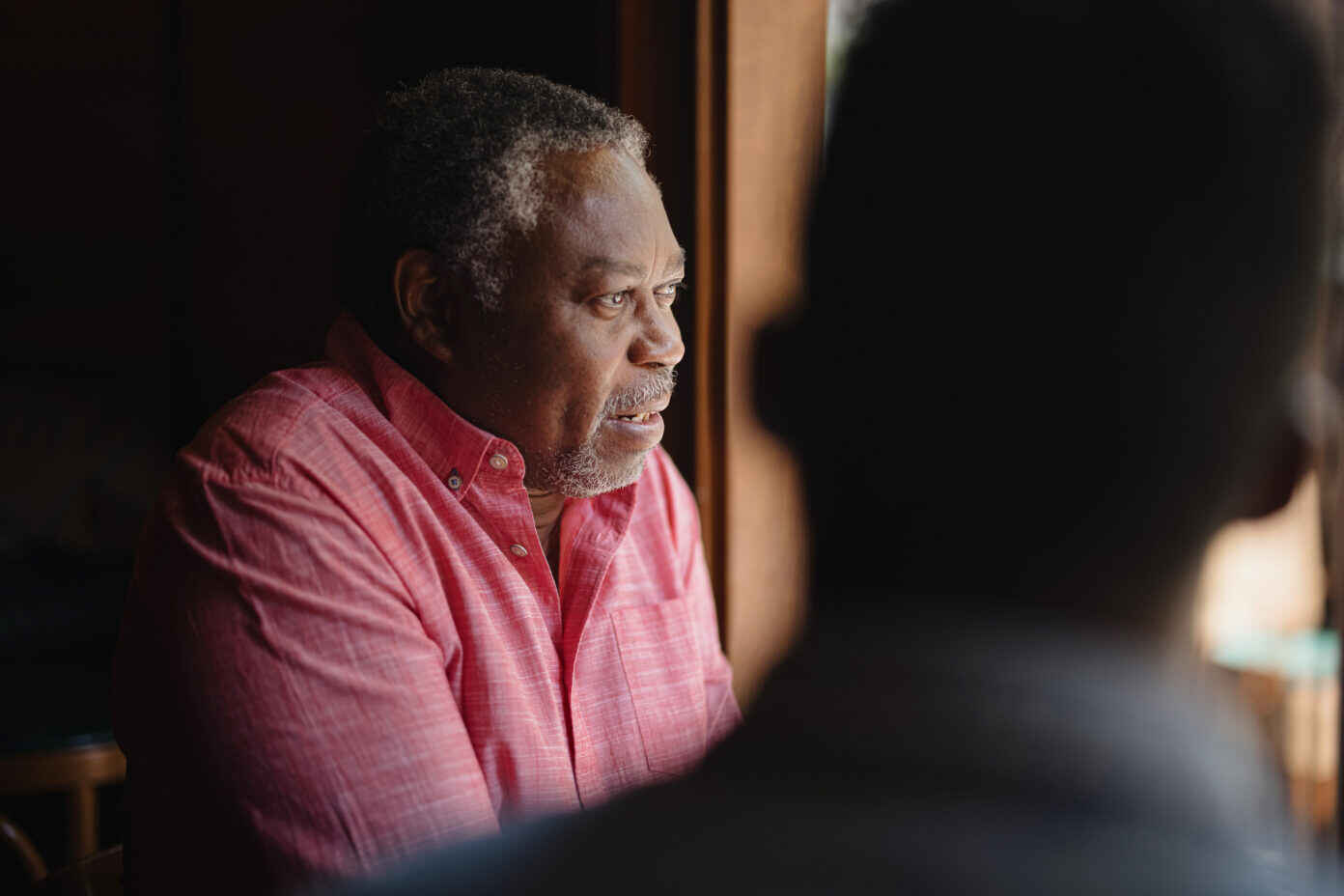Overdose Mortality Is Trending Down, but the Story is Different for Elder Black Men
February 19, 2025
Overview
Preliminary data indicates that overdose mortality declined significantly in 2024, with one exception, elder Black men. One 2022 study found that deaths among Black men aged 19-30 years are expected to decline by 9 percent in 2025 relative to 2020, while deaths among Black men aged 31-47 years are expected to rise by 11 percent.

After years of sharp increases in drug overdose deaths nationwide, the tide began to turn in 2022 and 2023, and preliminary data now indicates that overdose mortality declined significantly in 2024. The reasons for this decline are a matter of ongoing research and debate. While law enforcement agencies have claimed increased operations against fentanyl are responsible, public health researchers have shown that the decrease actually started before many prominent enforcement actions against fentanyl imports. Those experts instead point to local public health interventions that have increased the availability of overdose reversal medications, drug testing supplies, and medications for opioid use disorder.
Still, a national average only tells part of the story. A recent joint investigation by the New York Times, the Baltimore Banner, and several other local newsrooms reveals one pattern that diverges from the larger narrative: across various localities, elder Black men face increasingly disproportionate rates of overdose deaths. The pattern was detected across 10 cities, including Baltimore, Chicago, San Francisco, Newark, Washington D.C., Milwaukee, and Philadelphia. No similar pattern exists among the white population, for whom drug overdose deaths are more evenly distributed across age groups, with some heightened concentration in younger age groups.
While there is a nationwide decrease in overdose mortality, this particular disparity in deaths is increasing. For example, one 2022 study found that deaths among Black men aged 19-30 years are expected to decline by 9 percent in 2025 relative to 2020, while deaths among Black men aged 31-47 years are expected to rise by 11 percent. In Baltimore in 2024, overall overdose death rates declined significantly across all demographics, but the concentration of those deaths among elder Black men increased. Black residents made up 65 percent of overdose deaths in Baltimore—a slight increase relative to data from 2017–2021—with over half of those deaths being Black men above the age of 55.
Experts cited in the New York Times’ investigation point out that Black men of this age group in major cities lived through “intense residential segregation” and “convulsions in public health and criminal justice,” namely the HIV-AIDS crisis of the 1980s and the peak of mass incarceration drug policies. Elder Black men of this generation were disproportionately likely to spend time in prison and were subjected to especially lengthy sentences for drug crimes. “Several public health researchers said widespread incarceration may have reduced these men’s chances” of recovering from substance use disorders.
People who use drugs are especially susceptible to overdose in prisons and in the period immediately following release. That is at least in part because of reduced access to medications for opioid use disorder while incarcerated and upon release. In addition, “[t]he increasing toxicity of the drug supply has been associated with the increased lethality of recent incarceration,” since recently released persons—a group in which elder Black men are disproportionately represented—“have been consistently observed to have reduced opioid tolerance and less knowledge of shifts in drug potency.” There are also longstanding racial disparities in access to medications and other treatments for substance use disorders, which is another likely contributor to increasing disparities in mortality rates.
A significant nationwide decrease in overdose deaths provides some much-needed hope. It confirms that evidence-based public health interventions are saving lives at significant scale. But this news also shines a spotlight on those who are not being reached. Elder Black men who use drugs are one population in need of further attention. Policymakers and public health advocates should consider actions tailored to the needs of this population, including by targeting racial disparities in access to those life-saving interventions that are working across the country.
This article was written by Michael Abrams, J.D., Senior Attorney, Network for Public Health Law Harm Reduction Legal Project.
The Network promotes public health and health equity through non-partisan educational resources and technical assistance. These materials provided are provided solely for educational purposes and do not constitute legal advice. The Network’s provision of these materials does not create an attorney-client relationship with you or any other person and is subject to the Network’s Disclaimer.
Support for the Network is provided by the Robert Wood Johnson Foundation (RWJF). The views expressed in this post do not represent the views of (and should not be attributed to) RWJF.
